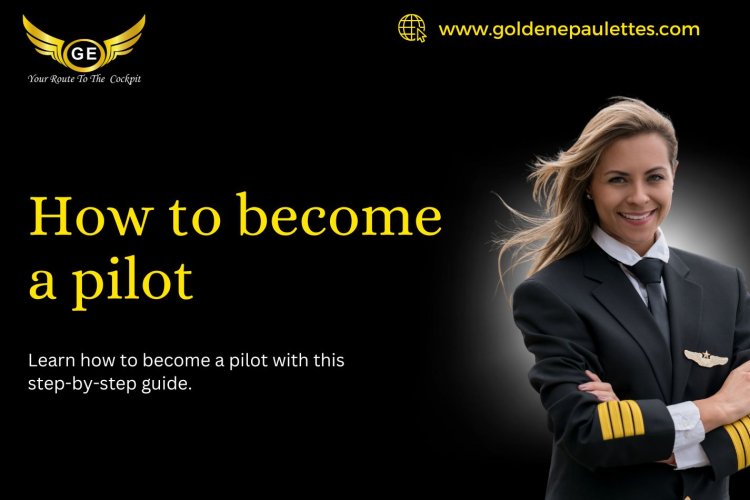Understanding Pilot Regulations and Requirements
If you’re wondering how to become a pilot, understanding the various regulations and requirements is crucial.

Understanding Pilot Regulations and Requirements
If you’re wondering how to become a pilot, understanding the various regulations and requirements is crucial. The aviation industry is strictly regulated to ensure safety and efficiency, making it essential for aspiring pilots to comply with all standards and guidelines set by aviation authorities.
The Basics of Pilot Regulations
To become a pilot, you must adhere to specific rules and regulations that vary depending on the type of license you seek. The most common aviation authorities worldwide are the Federal Aviation Administration (FAA) in the United States and the European Union Aviation Safety Agency (EASA) in Europe. These agencies establish the requirements for pilot training, certification, licensing, medical exams, and recurrent training.
Key Requirements for Becoming a Pilot
1. Age Requirements
- For a Private Pilot License (PPL), you must be at least 17 years old.
- For a Commercial Pilot License (CPL), you must be at least 18 years old.
- For an Airline Transport Pilot License (ATPL), the minimum age is 23 years old.
2. Educational Requirements
- A high school diploma or equivalent is generally the minimum educational requirement.
- For commercial pilots, many airlines prefer candidates with a college degree, especially in aviation-related fields.
3. Medical Certification
- You must obtain a medical certificate from an authorized aviation medical examiner.
- Class 1 Medical Certificate: Required for commercial pilots.
- Class 2 Medical Certificate: Required for private pilots.
- Class 3 Medical Certificate: Necessary for student pilots.
4. Language Proficiency
- Pilots must demonstrate proficiency in English, the universal language of aviation, particularly for international flights.
5. Flight Training and Experience
- Completing flight training at an accredited flight school is mandatory.
- You must log a specific number of flight hours depending on the license type:
- Private Pilot License (PPL): Minimum of 40 flight hours.
- Commercial Pilot License (CPL): Minimum of 250 flight hours.
- Airline Transport Pilot License (ATPL): Minimum of 1,500 flight hours.
Certification Process
Once you have completed your training and met the required flight hours, you must pass a series of tests to obtain your pilot license. This includes:
- Written Exam: A multiple-choice test covering topics like navigation, meteorology, regulations, and aerodynamics.
- Oral Exam: An interview-style assessment with an examiner to evaluate your knowledge and decision-making skills.
- Practical Flight Test: A check ride where you demonstrate your piloting skills in various scenarios.
Recurrency and Revalidation
Pilot licenses are not permanent; they require periodic revalidation to maintain their validity. The frequency of renewal depends on the type of license and the country’s aviation authority guidelines. Regular medical examinations are also mandatory to ensure fitness to fly.
Regulatory Differences Across Countries
It’s essential to be aware of the differences between countries regarding pilot regulations. If you plan to work internationally,how to become a pilot you may need to convert your license or meet additional requirements.
Tips for Aspiring Pilots
- Research the specific regulations of the country where you plan to obtain your pilot license.
- Enroll in a certified flight school with a good reputation and experienced instructors.
- Stay updated with changes in aviation regulations by following official aviation authority websites.
Conclusion
Understanding pilot regulations and requirements is a critical part of how to become a pilot. Whether you’re pursuing a private pilot license or aiming to become a commercial airline pilot, following the guidelines established by aviation authorities is essential for a successful and safe piloting career. Take the time to thoroughly research the requirements, prepare effectively, and ensure you meet all regulatory standards before taking to the skies.
What's Your Reaction?
















.jpg)
